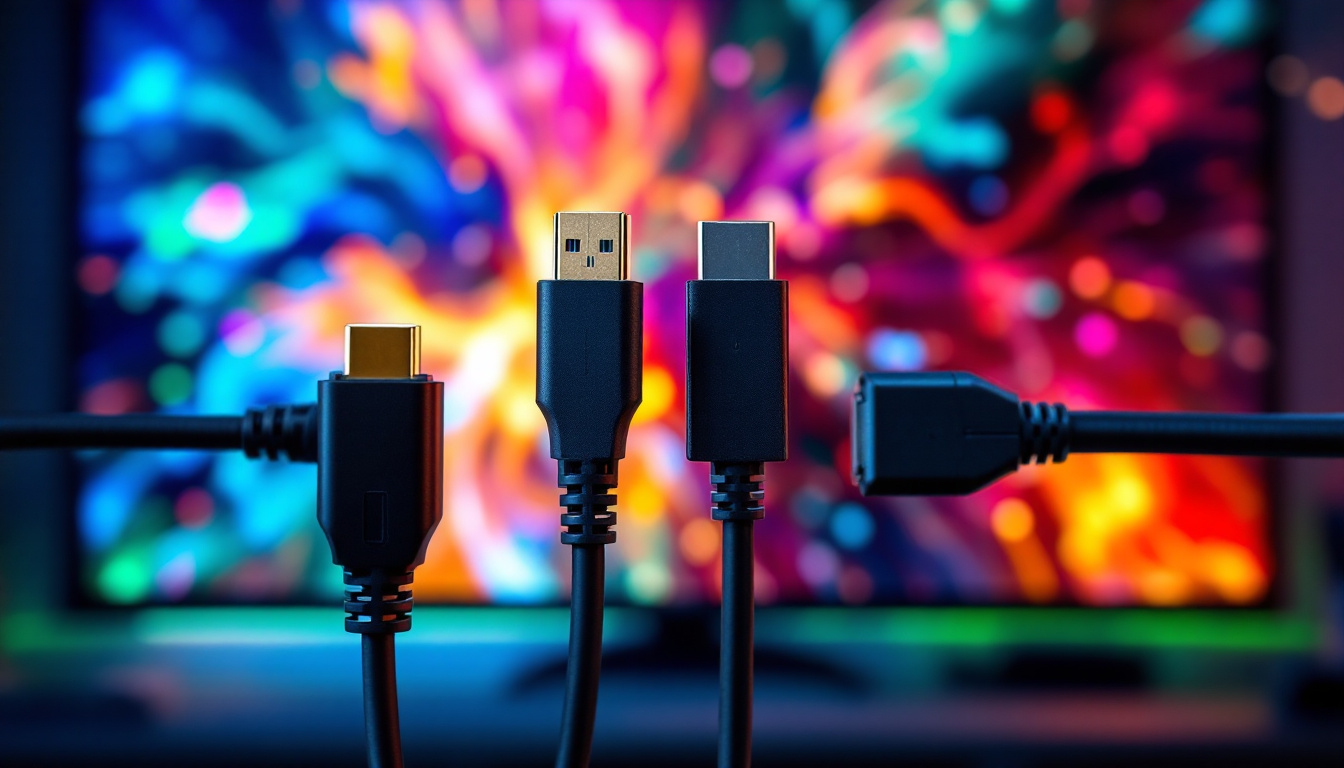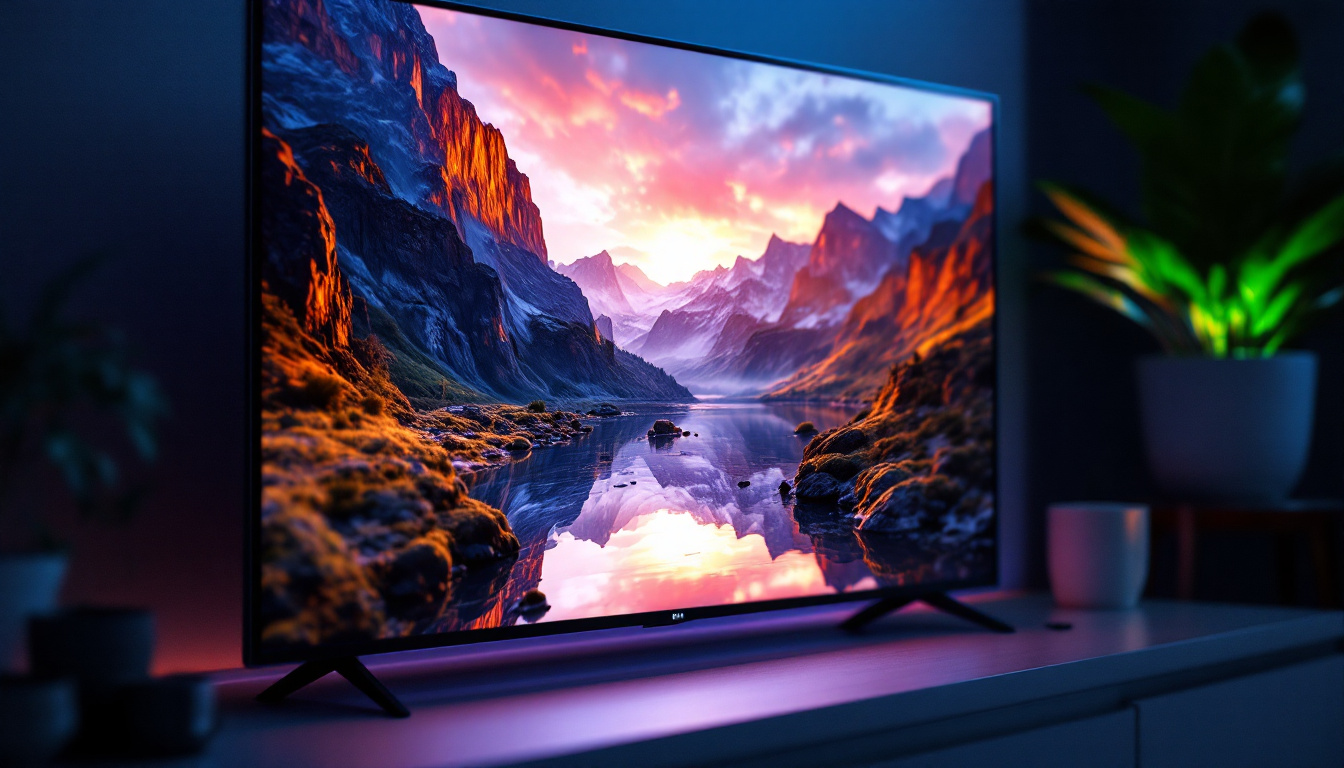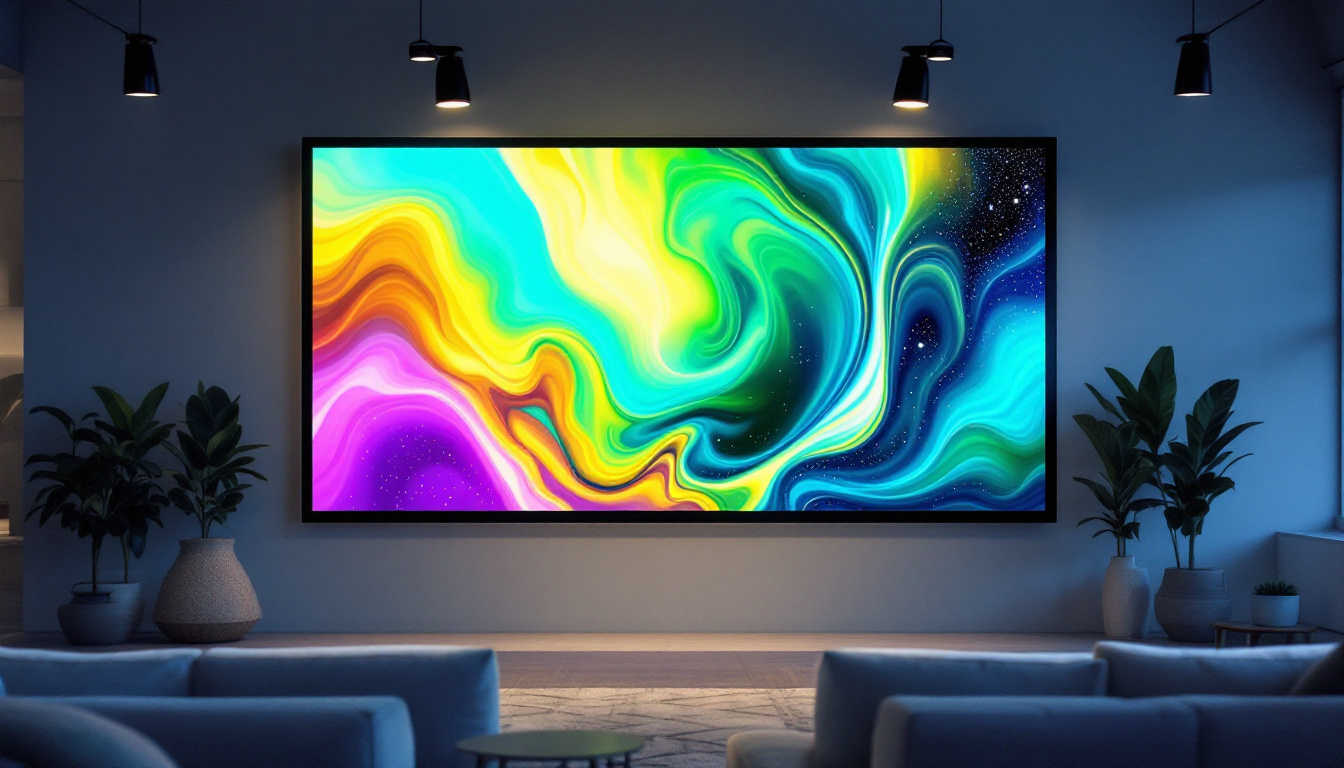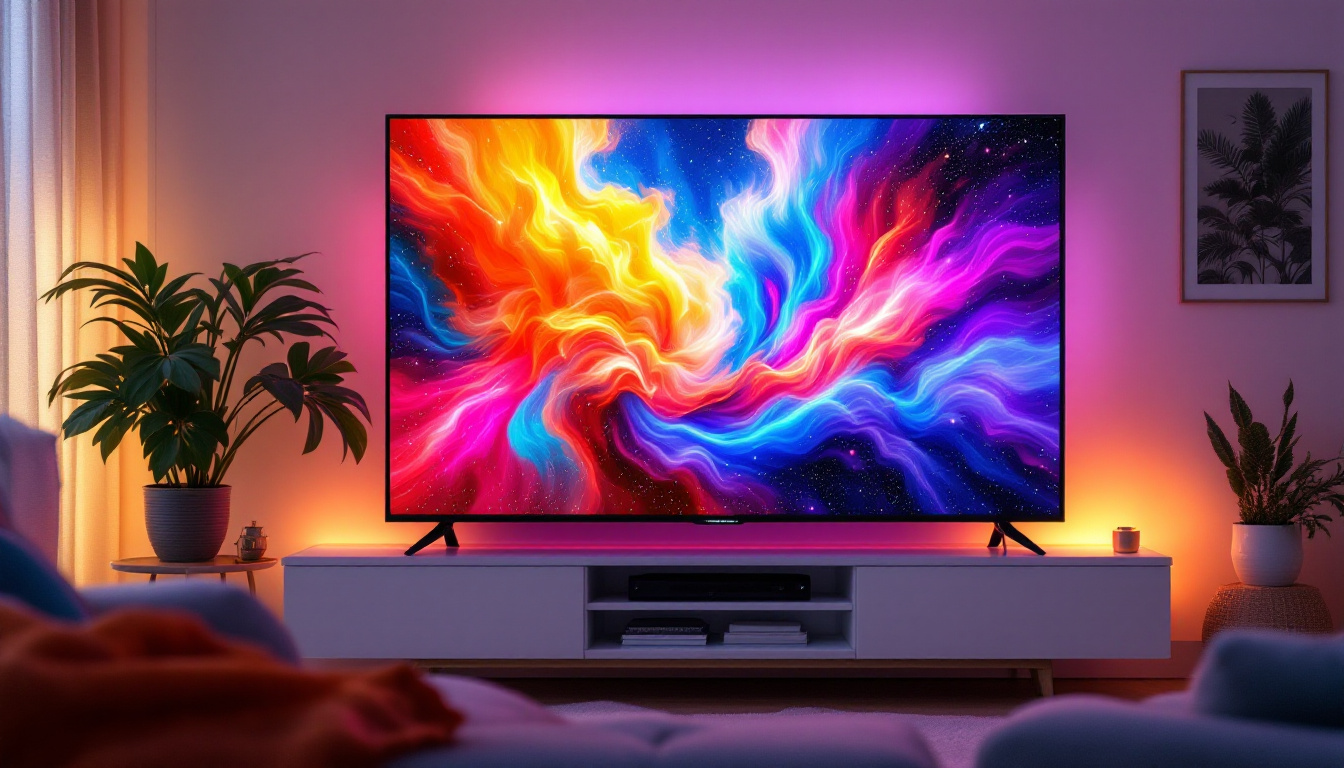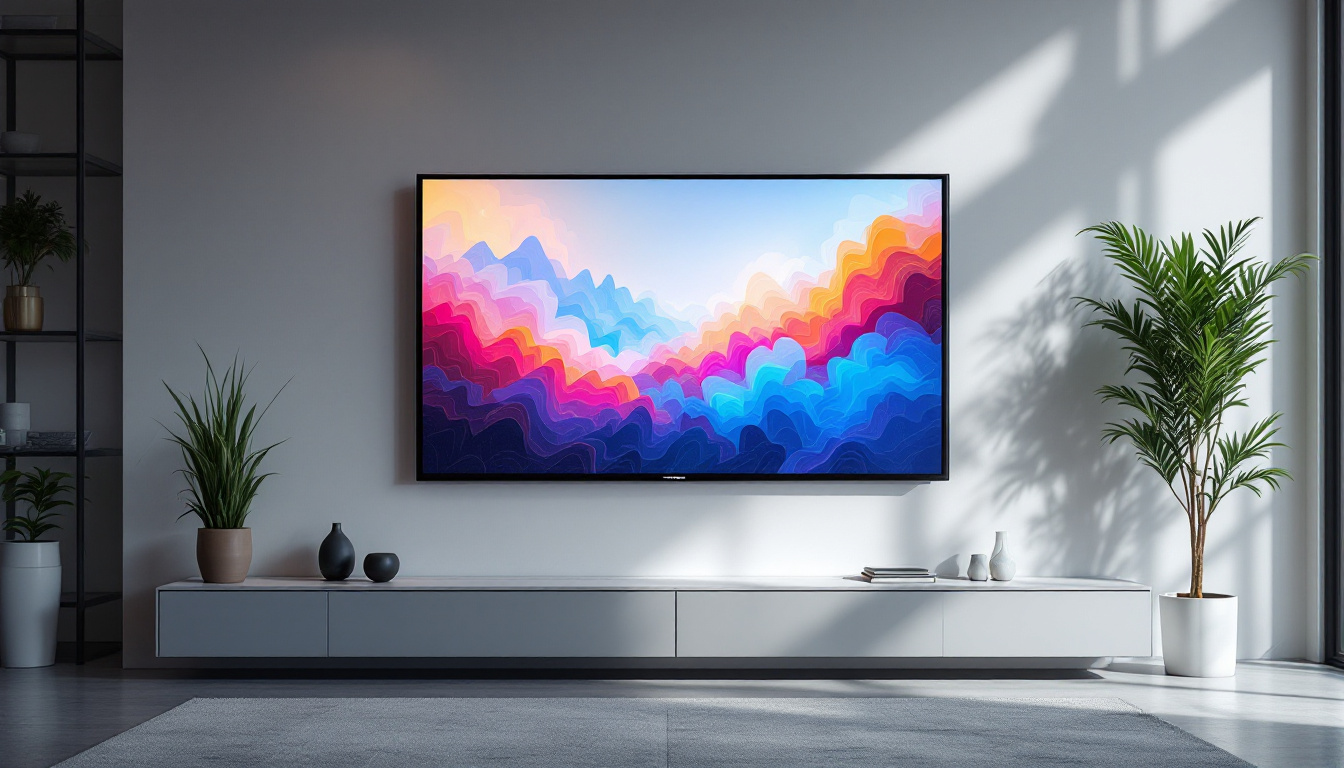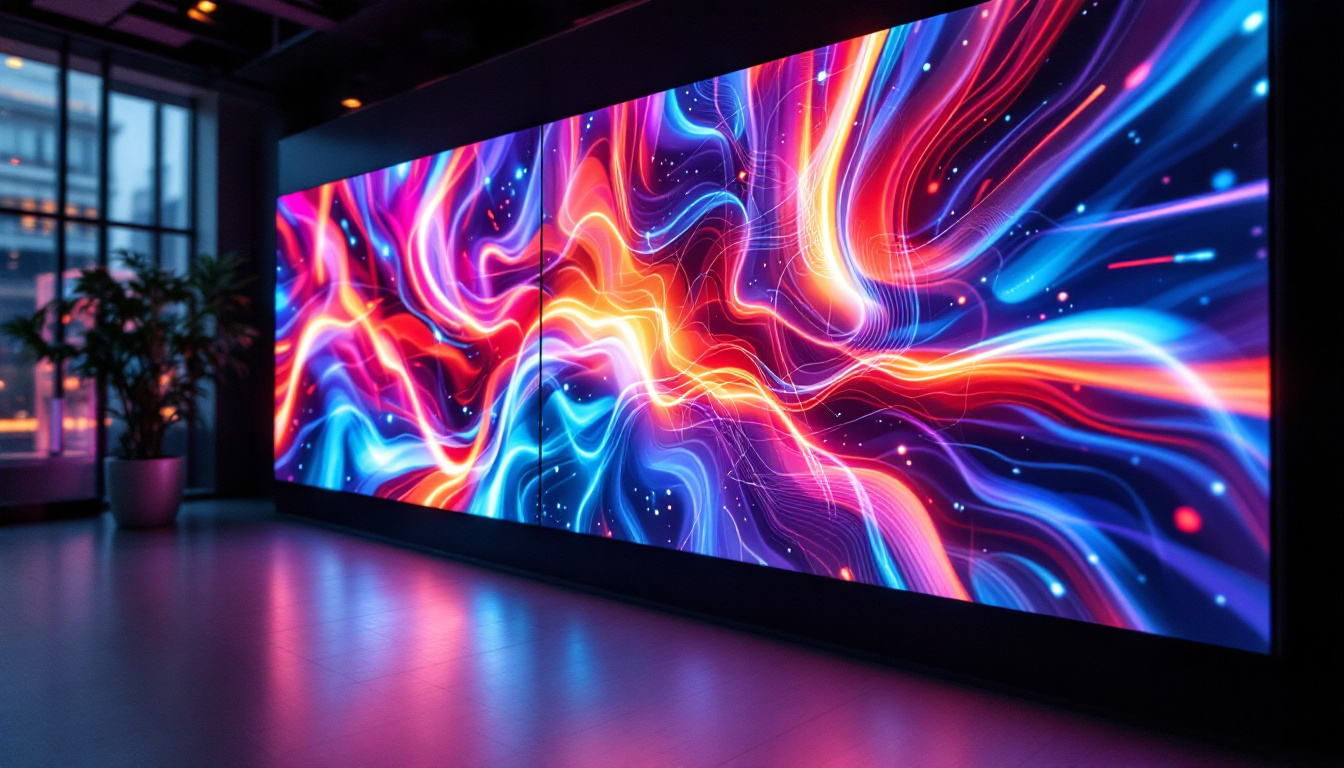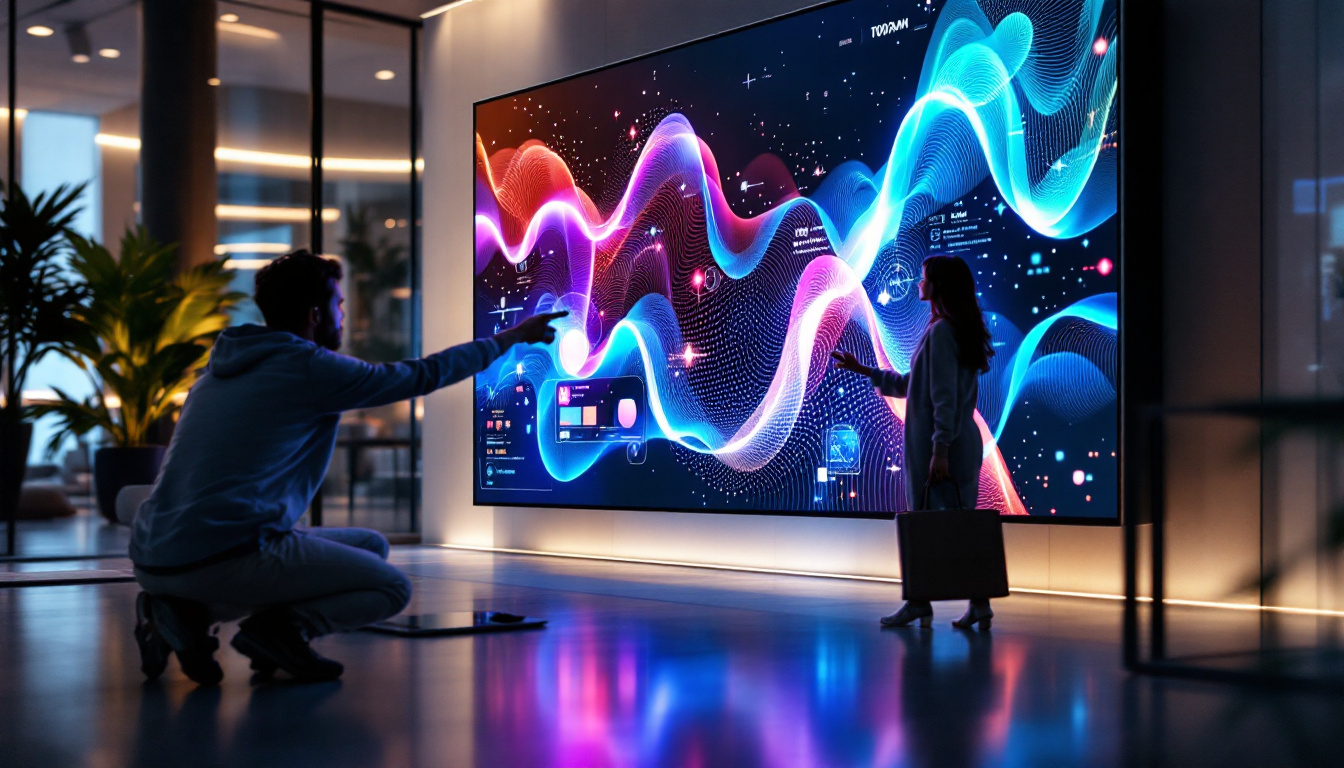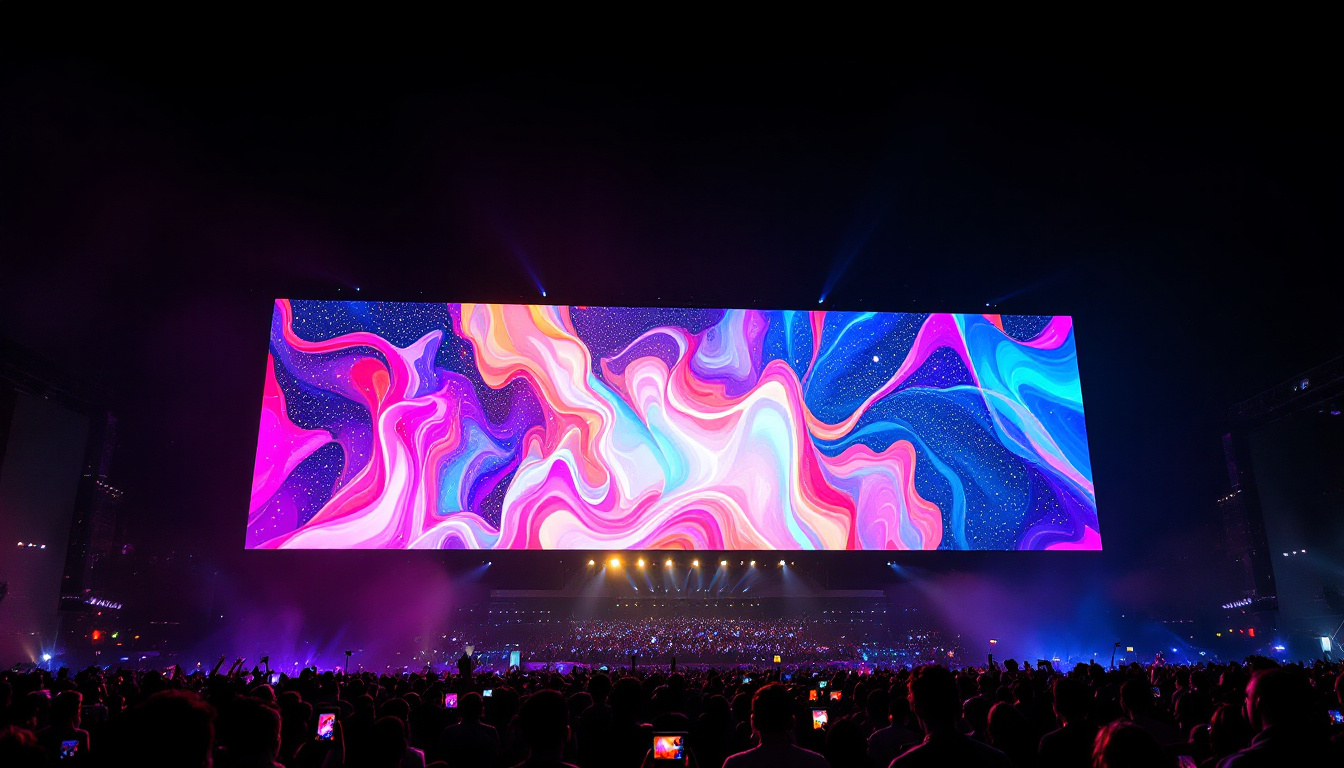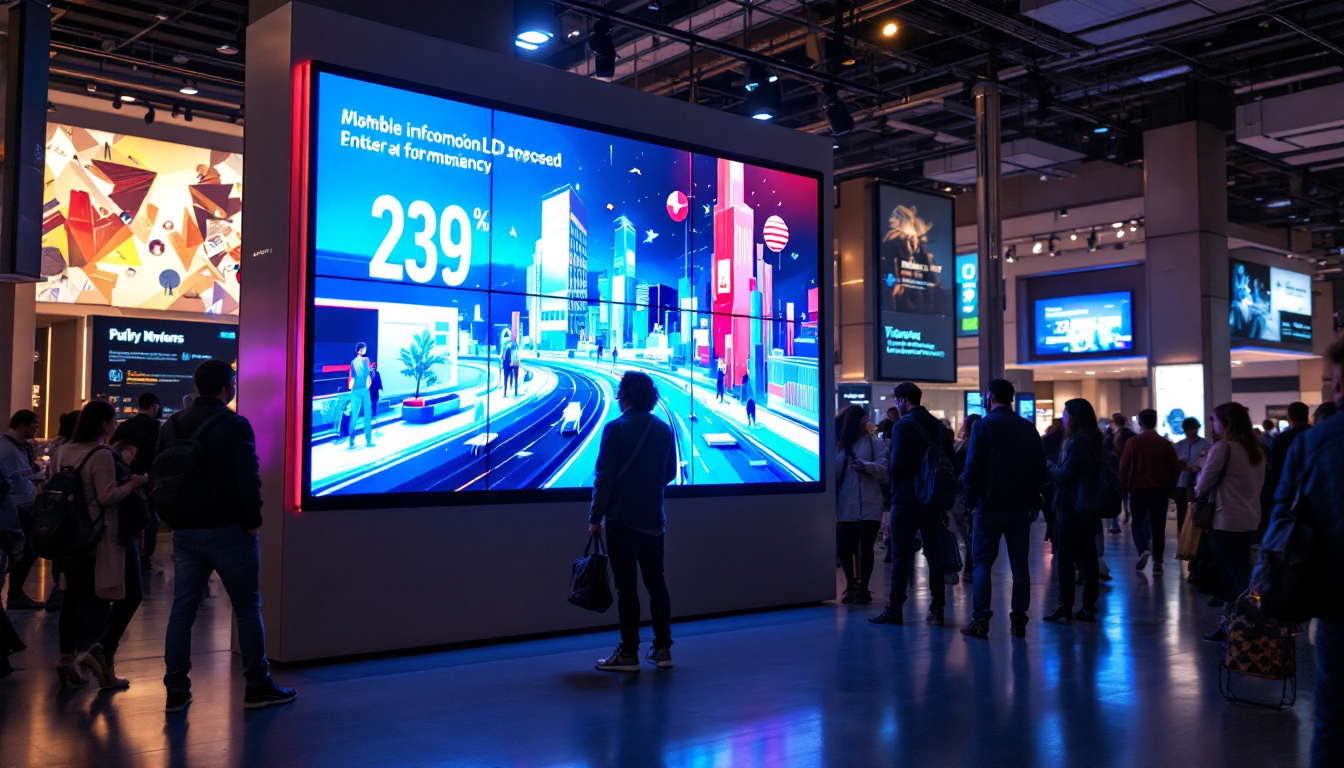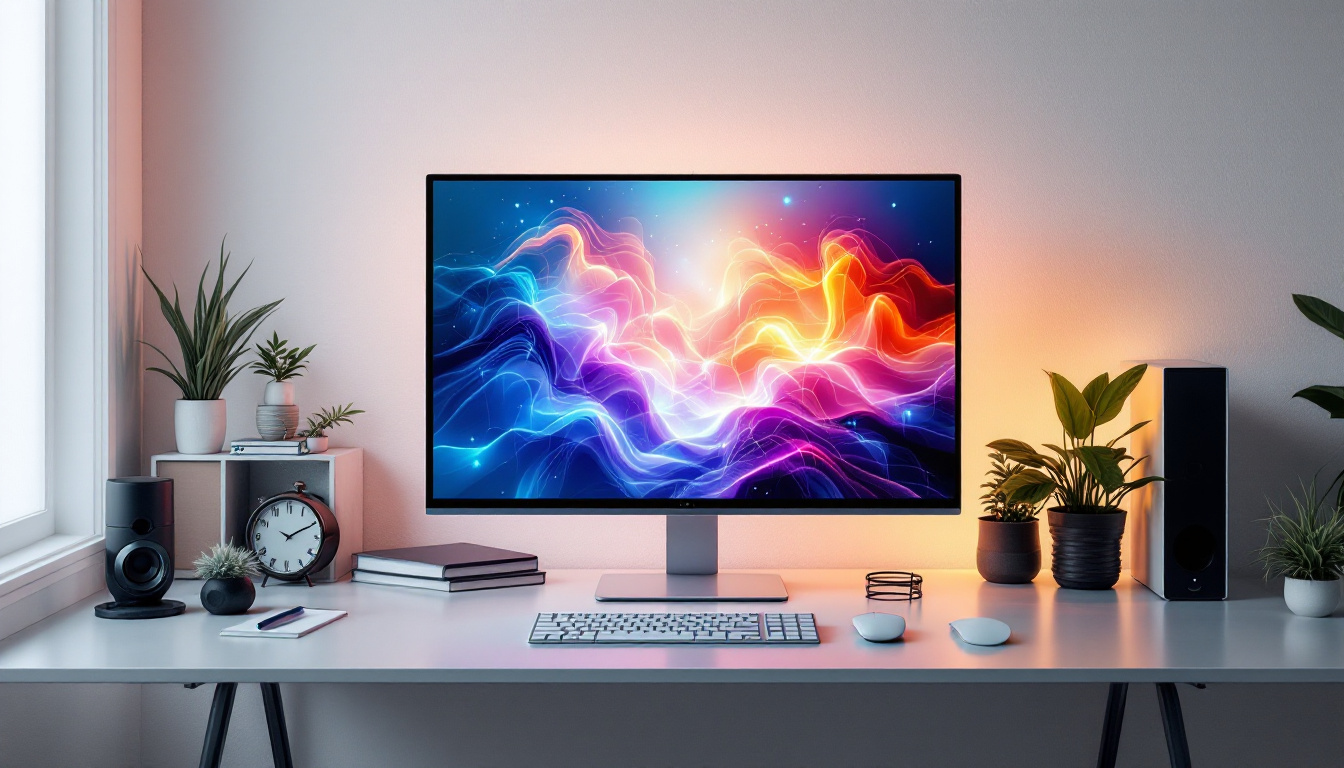In the world of digital displays, HDMI 2.0 and DisplayPort 1.4 are two of the most prominent interfaces used for connecting devices to LED displays. Both technologies have their unique features and advantages, making them suitable for different applications. Understanding the differences between HDMI 2.0 and DisplayPort 1.4 is essential for anyone looking to optimize their viewing experience, whether for gaming, professional work, or home entertainment.
Understanding HDMI 2.0
HDMI, or High-Definition Multimedia Interface, has become a standard for transmitting high-definition video and audio from a source device to a display. HDMI 2.0, introduced in 2013, brought significant improvements over its predecessor, HDMI 1.4, including increased bandwidth and support for higher resolutions and refresh rates.
Key Features of HDMI 2.0
One of the standout features of HDMI 2.0 is its bandwidth capability, which supports up to 18 Gbps. This increase allows for 4K video at 60Hz, making it ideal for high-resolution displays. Additionally, HDMI 2.0 supports 32 audio channels and offers enhanced audio return channel (eARC) functionality, providing a more immersive sound experience.
Another notable feature is the support for High Dynamic Range (HDR) content. HDR enhances the contrast and color range of images, resulting in more vivid and lifelike visuals. This is particularly beneficial for movie enthusiasts and gamers who seek the best possible picture quality. The implementation of HDR in HDMI 2.0 means that users can experience deeper blacks and brighter whites, which dramatically improves the viewing experience, especially in scenes with varied lighting conditions.
Applications of HDMI 2.0
HDMI 2.0 is widely used in various devices, including televisions, gaming consoles, and home theater systems. Its versatility makes it suitable for both casual and professional environments. For gamers, the ability to connect gaming consoles like the PlayStation and Xbox to 4K displays at high refresh rates enhances the overall gaming experience. The low latency and high refresh rates provided by HDMI 2.0 are particularly advantageous in competitive gaming, where every millisecond counts and a smooth visual experience can make all the difference.
In professional settings, HDMI 2.0 is often utilized for presentations and video conferencing, where high-quality video and audio are crucial. Its ease of use and widespread compatibility with devices make it a go-to choice for many users. Furthermore, the ability to support multiple audio formats, including lossless audio, makes it a preferred option for audiophiles who want to ensure pristine sound quality during presentations or while enjoying music. As more devices adopt HDMI 2.0, its role in both home and professional environments continues to expand, making it an essential component of modern multimedia technology.
Exploring DisplayPort 1.4
DisplayPort is another digital display interface that has gained popularity, especially in the realm of computer monitors. DisplayPort 1.4, released in 2016, introduced several advancements over previous versions, making it a strong contender against HDMI 2.0.
Key Features of DisplayPort 1.4
One of the most significant advantages of DisplayPort 1.4 is its bandwidth capacity, which can reach up to 32.4 Gbps. This higher bandwidth allows for 8K video at 60Hz and 4K video at 120Hz, making it an excellent choice for high-performance gaming and professional applications that require exceptional detail and smooth motion.
DisplayPort 1.4 also supports Multi-Stream Transport (MST), enabling users to connect multiple monitors through a single DisplayPort output. This feature is particularly useful for professionals who require multiple screens for multitasking or creative work. With MST, users can daisy-chain several monitors, reducing cable clutter and simplifying their workspace while maintaining high-quality video output across all displays.
Applications of DisplayPort 1.4
DisplayPort 1.4 is primarily used in computer monitors and graphics cards, making it a favorite among gamers and content creators. Its ability to support high refresh rates and resolutions makes it ideal for gaming setups, where smooth gameplay and high fidelity are paramount. The support for adaptive sync technologies, such as AMD’s FreeSync and NVIDIA’s G-Sync, further enhances the gaming experience by eliminating screen tearing and ensuring fluid motion during intense gameplay.
In addition to gaming, DisplayPort 1.4 is often utilized in professional environments for graphic design, video editing, and CAD applications. The ability to connect multiple displays can significantly enhance productivity for users who need extensive screen real estate. Furthermore, DisplayPort 1.4 supports HDR (High Dynamic Range) content, which provides a broader range of colors and improved contrast ratios, making it an excellent choice for video editors and photographers who require precise color accuracy and depth in their work. This capability allows for a more immersive viewing experience, whether for entertainment or professional use, solidifying DisplayPort 1.4’s position as a versatile and powerful display interface. Additionally, the implementation of Display Stream Compression (DSC) allows for the transmission of high-resolution content without noticeable loss in quality, further enhancing its appeal in high-end applications.
Comparative Analysis: HDMI 2.0 vs. DisplayPort 1.4
When comparing HDMI 2.0 and DisplayPort 1.4, several factors come into play, including bandwidth, resolution support, audio capabilities, and overall versatility.
Bandwidth and Resolution Support
As previously mentioned, HDMI 2.0 supports up to 18 Gbps, allowing for 4K video at 60Hz. In contrast, DisplayPort 1.4’s bandwidth of 32.4 Gbps enables it to support 8K video at 60Hz and 4K video at 120Hz. This significant difference makes DisplayPort 1.4 the better option for users seeking the highest resolutions and refresh rates. Furthermore, DisplayPort 1.4 also incorporates Display Stream Compression (DSC), which allows for even higher resolutions without sacrificing quality. This feature is particularly beneficial for gamers and content creators who demand the utmost clarity and detail in their visuals.
Audio Capabilities
Both HDMI 2.0 and DisplayPort 1.4 support high-quality audio formats. HDMI 2.0 offers support for up to 32 audio channels and enhanced audio return channel (eARC), while DisplayPort 1.4 supports up to 8 audio channels. For most users, the audio capabilities of both interfaces will suffice, but HDMI 2.0 has a slight edge in this regard. Additionally, HDMI 2.0’s support for advanced audio formats such as Dolby Atmos and DTS:X enhances the immersive experience for home theater setups, making it a preferred choice for audiophiles and movie enthusiasts alike. In contrast, DisplayPort’s audio capabilities, while adequate, may not cater to the same level of high-end audio formats, which could be a deciding factor for users prioritizing sound quality.
Versatility and Compatibility
HDMI 2.0 is more widely adopted in consumer electronics, including TVs, soundbars, and gaming consoles. This widespread compatibility makes it easier for users to connect various devices without the need for adapters. DisplayPort, while more common in computer monitors and graphics cards, may require adapters for use with other devices. Moreover, HDMI 2.0’s ability to carry both video and audio signals through a single cable simplifies setups, reducing cable clutter and making it user-friendly for those who may not be tech-savvy. On the other hand, DisplayPort’s ability to daisy-chain multiple monitors from a single output can be a game-changer for professionals who require extensive multi-monitor setups, such as graphic designers and video editors. This unique feature allows for a more streamlined workspace, enhancing productivity and efficiency in demanding tasks.
Choosing the Right Interface for Your Needs
Deciding between HDMI 2.0 and DisplayPort 1.4 ultimately depends on the specific needs and use cases of the user. For those primarily using devices like televisions and gaming consoles, HDMI 2.0 is likely the more suitable option due to its compatibility and ease of use.
For Gamers
Gamers seeking the best performance and visual fidelity may find DisplayPort 1.4 to be the superior choice. With its higher bandwidth and support for higher refresh rates, it can provide a smoother and more immersive gaming experience, especially on high-end monitors designed for gaming.
For Professionals
In professional environments, the choice may depend on the specific tasks at hand. For video editing and graphic design, where high resolutions and color accuracy are critical, DisplayPort 1.4’s capabilities can be invaluable. Conversely, for presentations and general office use, HDMI 2.0 may suffice.
The Future of Display Interfaces
As technology continues to evolve, so too do the standards for display interfaces. The introduction of HDMI 2.1 and DisplayPort 2.0 promises even greater capabilities, including support for higher resolutions, refresh rates, and advanced features like variable refresh rate (VRR) and dynamic HDR.
Looking Ahead
HDMI 2.1, for instance, increases bandwidth to 48 Gbps, allowing for 8K video at 120Hz and even 10K resolutions. DisplayPort 2.0 takes it a step further with a staggering 80 Gbps bandwidth, enabling multiple 4K displays at high refresh rates or a single 8K display with HDR.
These advancements indicate a trend towards increasingly sophisticated display technologies, catering to the demands of gamers, content creators, and professionals alike. As new devices and displays are released, the choice between HDMI and DisplayPort will continue to evolve, making it essential for users to stay informed about the latest developments.
Conclusion
In the battle of HDMI 2.0 vs. DisplayPort 1.4, both interfaces offer unique advantages that cater to different user needs. HDMI 2.0 shines in its compatibility with a wide range of consumer electronics, making it a versatile choice for everyday use. On the other hand, DisplayPort 1.4 excels in bandwidth and resolution support, making it the preferred option for gamers and professionals who demand the highest performance.
Ultimately, the decision should be based on individual requirements, device compatibility, and specific use cases. As technology progresses, staying informed about the latest developments in display interfaces will ensure users can make the best choice for their needs, enhancing their overall viewing experience.
Discover the Future of Visual Experience with LumenMatrix
Whether you’re a gamer seeking the ultimate visual performance or a professional aiming for precision and clarity in your visual presentations, the right LED display technology can make all the difference. LumenMatrix is at the forefront of LED display innovation, offering a wide array of solutions tailored to your needs. From Indoor and Outdoor LED Wall Displays to specialized options like Vehicle and Sports LED Displays, our products are designed to elevate your visual experience. Embrace the future of digital signage with LumenMatrix and create impactful, engaging displays that truly stand out. Check out LumenMatrix LED Display Solutions today and see the difference for yourself.

